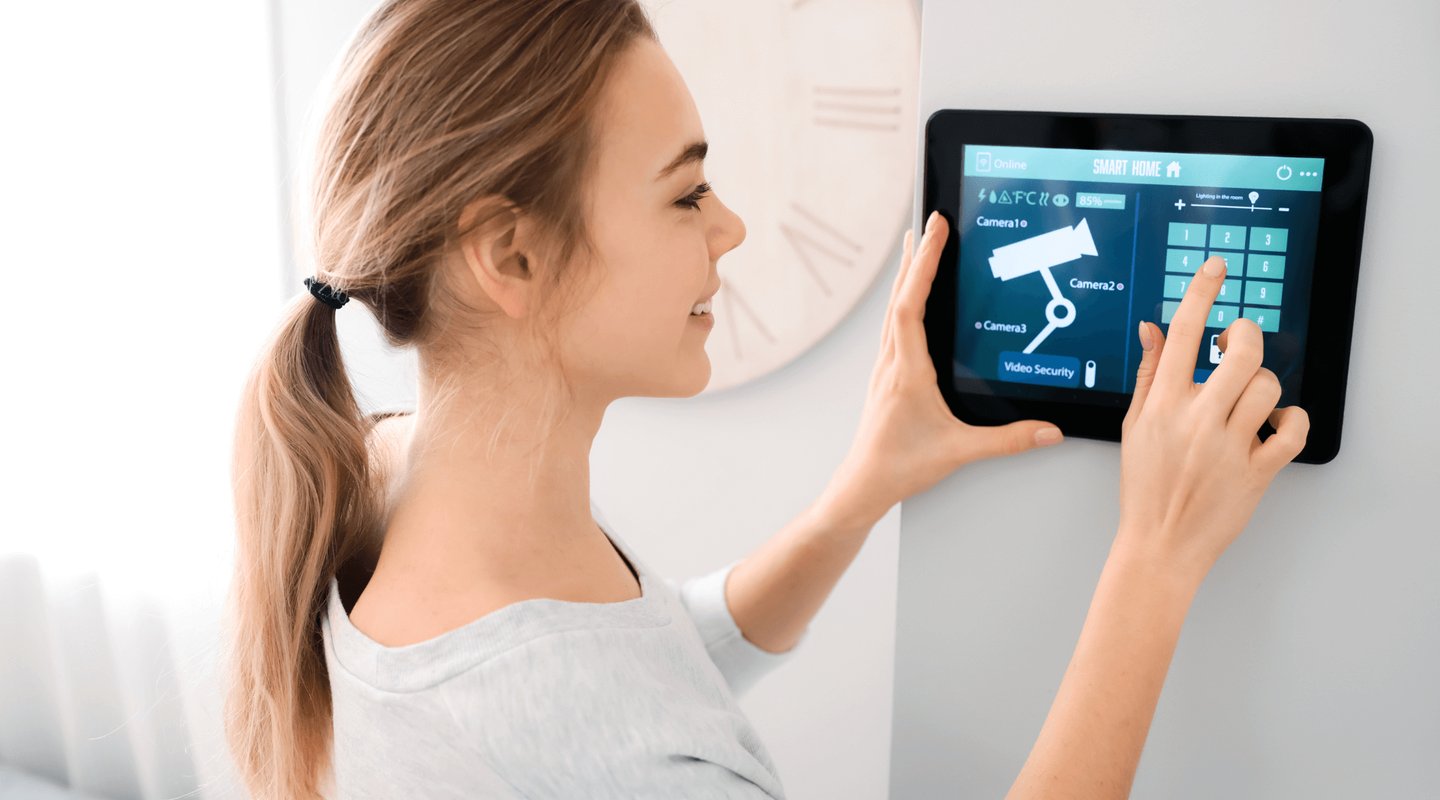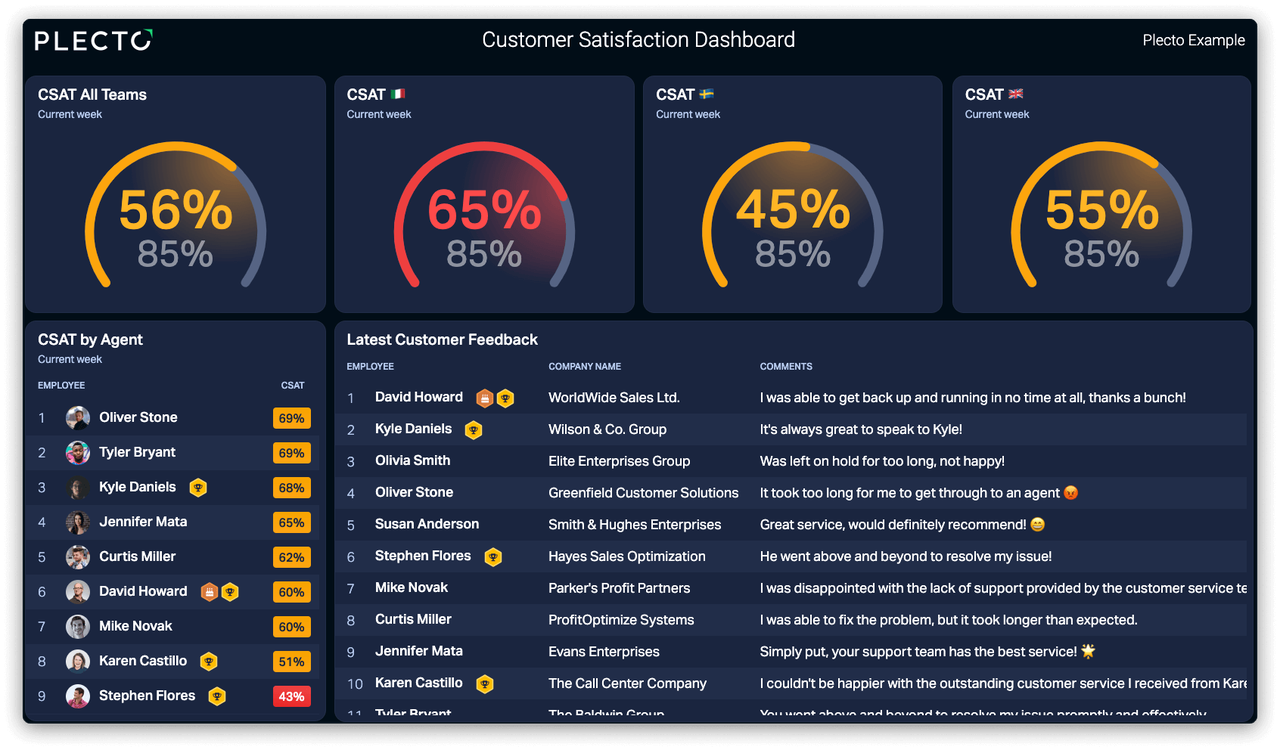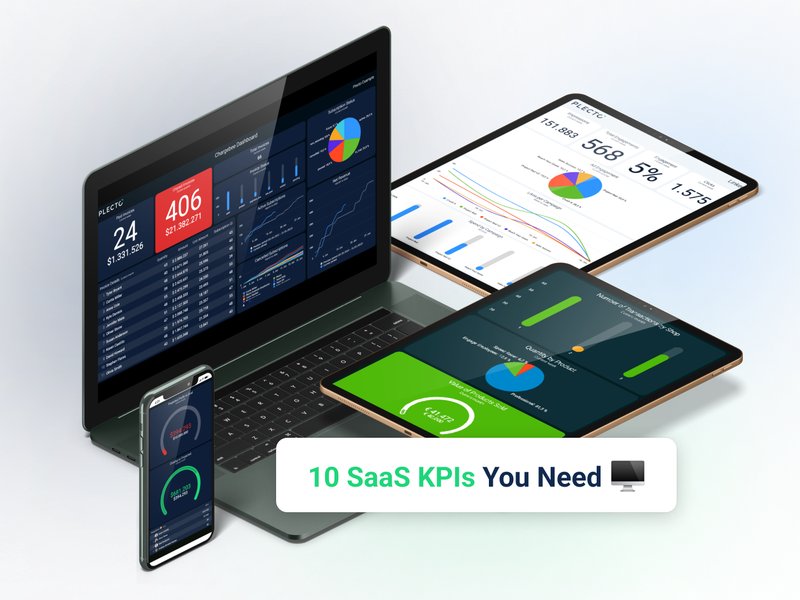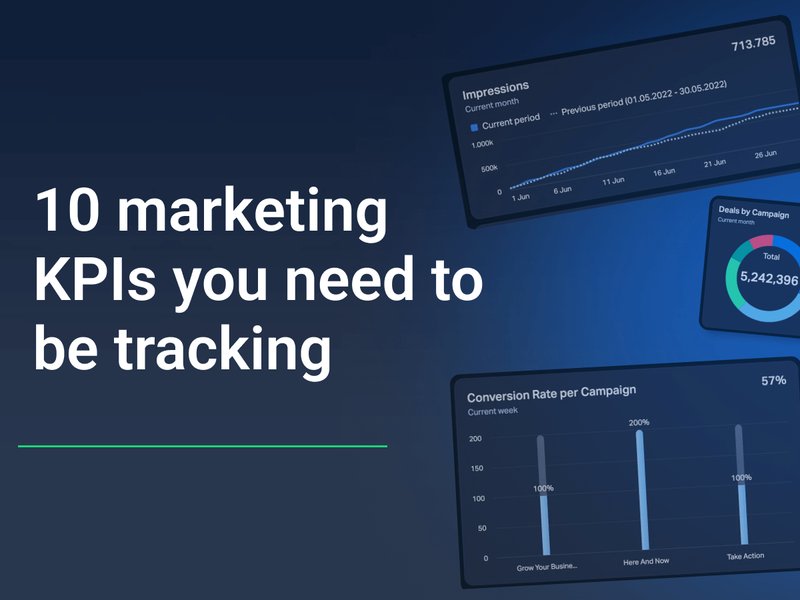Advancements in home security technology have made security services more accessible to more people than ever before. This increased accessibility is driving substantial growth, and the trend is expected to continue with a projected annual growth rate of 11.78% worldwide over the next five years. Experts project that by 2028, over 630 million households worldwide will be using home security products.
To meet this demand, a steady stream of new companies is entering the home security market. Known as the “smart home market,” this fast-growing industry sells surveillance hardware (e.g., cameras, motion sensors, programmable and remote locks) as well as risk-monitoring equipment (e.g., smoke, gas and humidity detectors) and networked access control and management services.
The service part of the smart home market is subscription-based, relying on recurring revenue for a large chunk of its profits. Therefore, companies wanting to maintain an established foothold must keep a close eye on a handful of critical home security KPIs to prevent churn and grow their customer base.
In this article, we’ll highlight a combination of eight home security KPIs related to customer service and sales. These KPIs are critical if your company is serious about claiming its share of the $36 billion this industry is projected to produce between now and 2028.
4 Home Security KPIs for Better Customer Service
Hubspot research found that 93% of customers are likely to make repeat purchases from companies that offer excellent customer service. Even companies that fumble have a chance to recover – according to research performed by Salesforce, 80% of customers will continue to do business with a company after a mistake, if they offer excellent customer service.
As the smart home market grows, it will only become more competitive – and it’s going to become increasingly important for home security companies to stand apart from their competition. One way to do this is by providing outstanding customer service, which means providing quick and convenient resolutions that adequately address the issues at hand.
For companies wanting to stand apart from their competitors, these four home security KPIs are a solid starting point.
Build your first dashboard.
Start your 14-day free trial today
1. Average Customer Satisfaction Score (CSAT)
This is a “big picture” KPI, and it’s the most important one to track if you want a simple no-nonsense answer to whether your customers are satisfied with your company’s customer service. CSAT measures how well your service met the customer’s expectations. It’s measured based on a one-question survey: On a scale of 1–5 how satisfied were you with today’s service?
This is the formula to calculate it:
Number of Positive Ratings (i.e., 4 or 5) / Total Number of Responses x 100
Benchmarks vary by industry and channel, but here are some average CSAT benchmarks for the three most common support channels:
- Phone: 76%
- Email: 61%
- Chat: 75%
2. Average Handling Time (AHT)
Customers requesting support for issues related to home security products naturally have a sense of urgency. AHT is one of the best home security KPIs for assessing whether your team is handling these inquiries with the efficiency your customers expect. This KPI measures the average length of time it takes to handle a call from the time the customer connects to the initial phone menu until the support agent finishes their post-call administrative tasks. Minimizing your company’s AHT is a win/win because customers appreciate efficient service – and efficient service leads to lower support costs. When pursuing a low AHT, be careful not to sacrifice thoroughness for speed. Placing too much emphasis on efficiency could backfire if the quality of service suffers and customers have to make multiple inquiries to resolve the same issue.
This is the formula to calculate AHT:
Averaging Handling Time = (Total call time + total hold time + follow up time) / No. of Calls
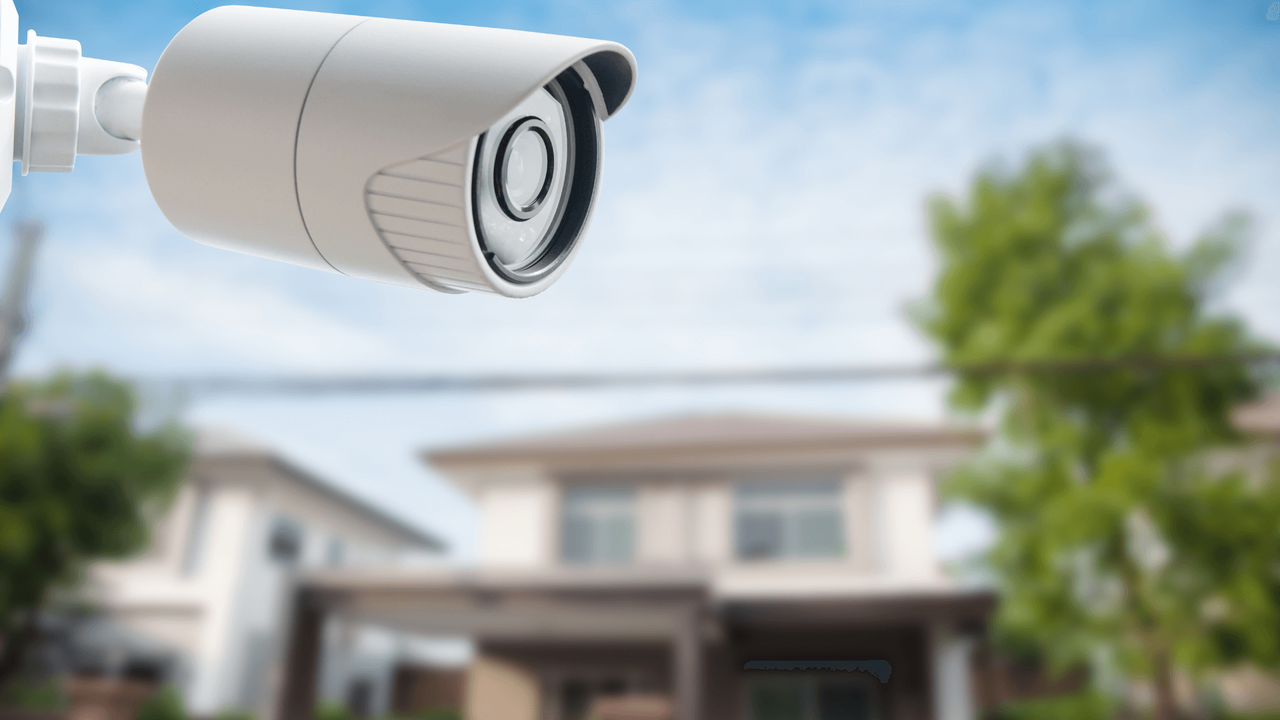
3. First Contact Resolution (FCR)
FCR measures the percentage of customer inquiries a company is able to resolve in a single contact, without having to follow up – and without the customer having to get back in touch because the issue wasn’t resolved. People invest in home security solutions to help them feel safe. So when something goes wrong, customers understandably want their issues resolved quickly, efficiently, and in one go. If your team is solving 70–75 percent of issues in a single contact, they’re doing a great job!
FCR = (No. of Issues Resolved on First Contact / Total Number of Issues Received) x 100
4. Average Time to Resolution
While FCR should be your gold standard, not all issues can be resolved in a single contact. The average time to resolution is an important metric for assessing how efficiently your team is resolving all inquiries, including complex cases. It measures the average time it takes from the customer’s first call about the issue until the ticket is closed.
Benchmarks vary by industry, but here are some general guidelines:
- Good: < 12 hours
- Average: 12–48 hours
- Poor: 48+ hours
Some inquiries naturally take longer to resolve than others – a quick resolution doesn’t necessarily indicate good service or an acceptable outcome. The first priority should always be a satisfactory resolution.
Average time to Resolution = Total Time to Resolve Issues / Number of Issues Resolved
4 Home Security KPIs to Increase Sales Revenue
There’s little doubt that home security is a growth industry, but with growth comes increased competition. How can you ensure that your company’s sales department is doing all it can to ensure a foothold in this burgeoning market?
Here are four home security KPIs that will help to keep your sales team focused on the best activities to increase market share and drive revenue.
1. Won Deals
You’re in business to make money, and it’s the sales team’s job to make it happen. As the name implies, the “won deals” KPI tracks the number of deals the sales team has closed within a given timeframe. In other words, it tracks how many prospects have become paying customers. This is one of the best home security KPIs to evaluate in the context of other departments and initiatives. For example, if this KPI is performing better than average, it could be due to very effective targeted marketing initiatives or changes in your sales process. Conversely, if it’s underperforming, you’ll want to look into why. Comparing numbers across different periods can also help to predict whether the team is on course to hit their targets.
2. Number of Outbound Calls
For companies using outbound sales, cold calling is a crucial top-of-funnel activity. While cold calling is largely a numbers game, measuring the true impact of your team’s phone time extends beyond the number of calls they make. While the number of outbound calls made is an important metric, to get a true picture of how your team’s cold-calling efforts are performing, consider tracking a combination of the number of outbound calls made, fail rate (i.e., bad numbers/no answer), response type, and trial/demo rate. Combining the number of outbound calls and contact rate KPIs could help to identify trends around the best times and days to focus on cold calling while setting outbound call targets can help to ensure that everyone is pulling their weight. Measuring these metrics per individual sales rep and as a team can help shed light on opportunities for coaching and professional development as well as processes that could be finetuned. Here's all you need to measure to calculate this KPI:
No. of Outbound Calls = Total Count of Outbound Calls made
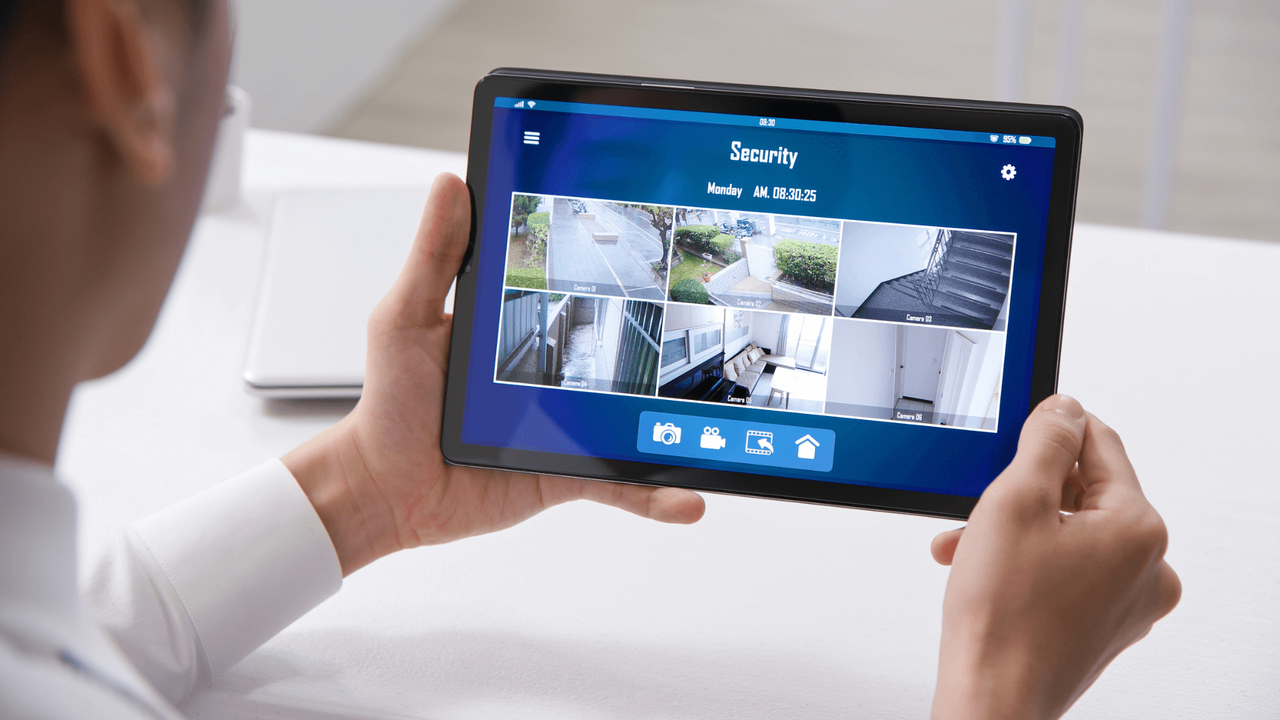
3. Recurring Revenue
Recurring business is an important revenue source in subscription-based industries like home security. As you might’ve suspected, the “recurring revenue” KPI tracks how much of your company’s revenue comes from its current client base. In home security, a lot of this is likely to come from ongoing subscriptions, but it could also come from cross-selling current customers into “good-fit” products, and upselling them into more expensive tiers of their current products. Recurring revenue is usually tracked monthly or quarterly against a target percentage (e.g., 60% of revenue should come from existing customers). Recurring revenue is typically measured on either a monthly and/or annual basis. Here are the formulas:
Annual Recurring Revenue (ARR) = (Sum of Annual Subscription Revenue + Recurring Revenue from Add-Ons and Upgrades) - Lost Revenue from Cancellations & Downgrades
Monthly Recurring Revenue (MRR)= Monthly ARPU x Total no. of Monthly Users
4. New Business Revenue
Perhaps one of the most obvious of our home security KPIs, this one tracks how much income the company is generating from selling products and services to first-time buyers. Sales teams often put a lot of effort into prospecting, and new business revenue is a good barometer of how well your sales process is functioning. This KPI is usually tracked monthly against a target percentage (e.g., 40% of revenue should come from first-time buyers). The target for this KPI should take the recurring revenue target into account, adding up to 100% when combined.
Get the most out of your home security KPIs with Plecto dashboards!
These eight KPIs are a great starting point for getting data-driven insights that can make your company a strong contender in the lucrative and fast-growing home security market.
To get the most out of these home security KPIs, put them where everyone can see them – on dashboards! Visualizing and sharing your KPI data on dashboards will help keep them at the top of everyone’s minds.
Whether you’re a sales leader or a customer service leader, Plecto’s integrations with Salesforce and popular telephony systems make it easy to visualize and track important metrics in real time.
Sign up for a free 14-day trial and see how Plecto can help your company thrive in home security!
